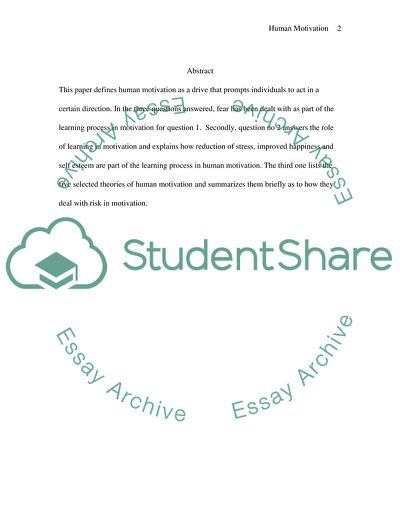Cite this document
(Human Motivation Assignment Example | Topics and Well Written Essays - 2250 words, n.d.)
Human Motivation Assignment Example | Topics and Well Written Essays - 2250 words. https://studentshare.org/human-resources/1716585-psy-420-human-motivation
Human Motivation Assignment Example | Topics and Well Written Essays - 2250 words. https://studentshare.org/human-resources/1716585-psy-420-human-motivation
(Human Motivation Assignment Example | Topics and Well Written Essays - 2250 Words)
Human Motivation Assignment Example | Topics and Well Written Essays - 2250 Words. https://studentshare.org/human-resources/1716585-psy-420-human-motivation.
Human Motivation Assignment Example | Topics and Well Written Essays - 2250 Words. https://studentshare.org/human-resources/1716585-psy-420-human-motivation.
“Human Motivation Assignment Example | Topics and Well Written Essays - 2250 Words”. https://studentshare.org/human-resources/1716585-psy-420-human-motivation.


